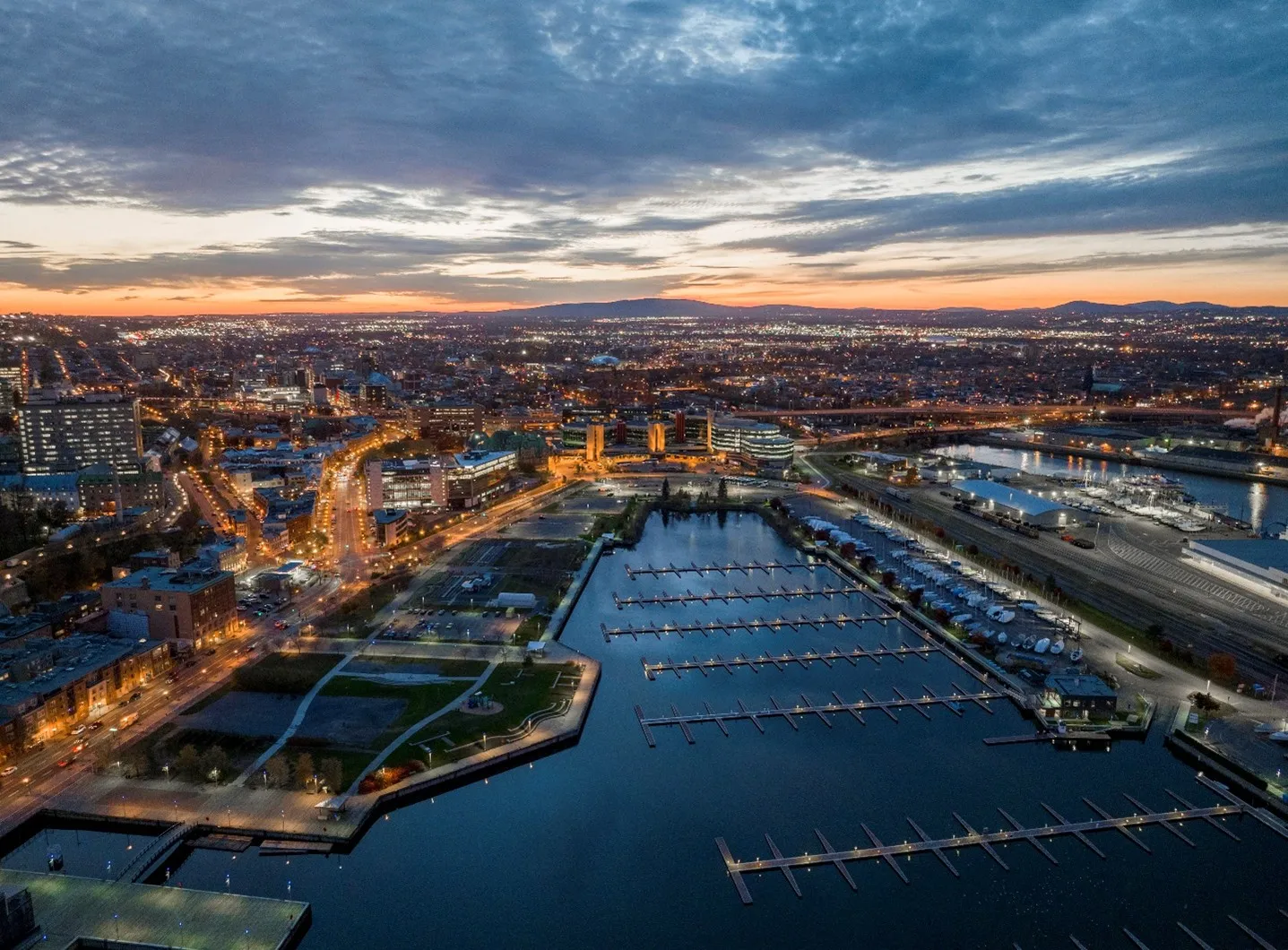Québec City, May 8, 2025 – As a key player in urban logistics located in the heart of the city, the Port of Québec and its port partners work closely with the City of Québec, carriers, ans citizens to limit the impact of its partner’s activities on traffic and quality of life. To that end, it has held a series of roundtables aimed at identifiying the main issues and proposing practical, realistic solutions.
Improving mobility in Québec City is a collective challenge that requires collaboration from all stakeholders. The Port of Québec intends to continue playing an active and constructive role in that effort. We are mindful of our position in the urban ecosystem, and we take concrete steps and remain fully open to dialogue. Our approach is built on being transparent, listening, and searching for coordinated solutions. In that spirit, we will be meeting with our partners afain on June 18 to review the efforts that are already underway and work together to identify realistic improvement measures that account for the challenges of mobility.
Concrete Measures Based On Collective Dialogue
The Port’s roundtables have rallied stakeholders around a common goal: improving traffic flow while preserving the quality of life in the surrounding neighbourhoods. Joint courses of action have been developed during these discussions, and the City of Québec has actually adopted and implemented many of them. Examples include installing mobile speed cameras and reducing the speed limit to 40 km/h in certain sensitive areas, improving signage on tourist routes (particularly Champlain Boulevard), and better coordinating shipping schedules around major events.
The City of Québec has been working for years to make the Vieux-Québec-Basse-Ville area safer. Our discussions with local players have helped us explore further and identify other practical improvement measures that will be implemented in the near future. These steps reflect our commitment to preserving a safe living environment that respects the district’s rich heritage.
As for the Port, it has acted within its area of influence by collaborating with its port partners to launch an awareness campaign for truckers. The initiative encourages truckers to use engine brakes responsibly, keep to recommended routes and schedules, and help reduce noise and environmental pollution in populated areas.
Alternative routes, such as Charest Boulevard and the Dufferin-Montmorency highway, are also encouraged in an effort to optimize traffic flow and limit intrusion into residential areas.
By taking the initiative with thos coordinated approach, the Port of Québec is reaffirming both its role as a mobilizing leader and its determination to actively contribute to more sustainable mobility, honouring citizens’ expectations and the shared responsabilities of the region’s stakeholders.
A Modest But Essential Logistical Contribution
Contrary to some perceptions, the Port of Québec is responsible for less than 10% of the trucking in the industrial areas in question. Its business model is based mainly on sea (70%) and rail (18%) transportation, with limited trucking that accounts for only 12% of transshipment activities. This percentage, which serves local markets such as municipalities, farms, and regional gas stations, is just one small piece of the overall transportation network.
Innovation For Flow
As part of its commitment to continous improvement, the Port has begun digitizing its operations to monitor and better understand movements on its property. By installing cameras, using RFID cards, and working with the city on a joint project that incoporates Bluetooth technology, the Port can now track truck routes and adjust its practices accordingly.
About the Port of Québec
The Québec Port Authority, a non-profit organization, manages the Port of Québec which is strategically located to serve North America’s industrial and agricultural heartland. This Canadian hub for international trade for both imports and exports is the only port in the province of Québec with a fifteen-metre water depth at low tide and a comprehensive intermodal infrastructure. The Port facilities create 12,000 jobs and generate about two billion dollars in economic activity each year.
The Port of Québec’s 2035 Vision is to be a port recognized by citizens for the responsible management of its territory, respect for the environment, and protection of biodiversity, while positioning itself as a world leader in establishing sustainable supply chains for a more resilient economy.
– 30 –
Source and information
Frédéric Lagacé
Director, Public Affairs and Communications
418-929-5031 | [email protected]
